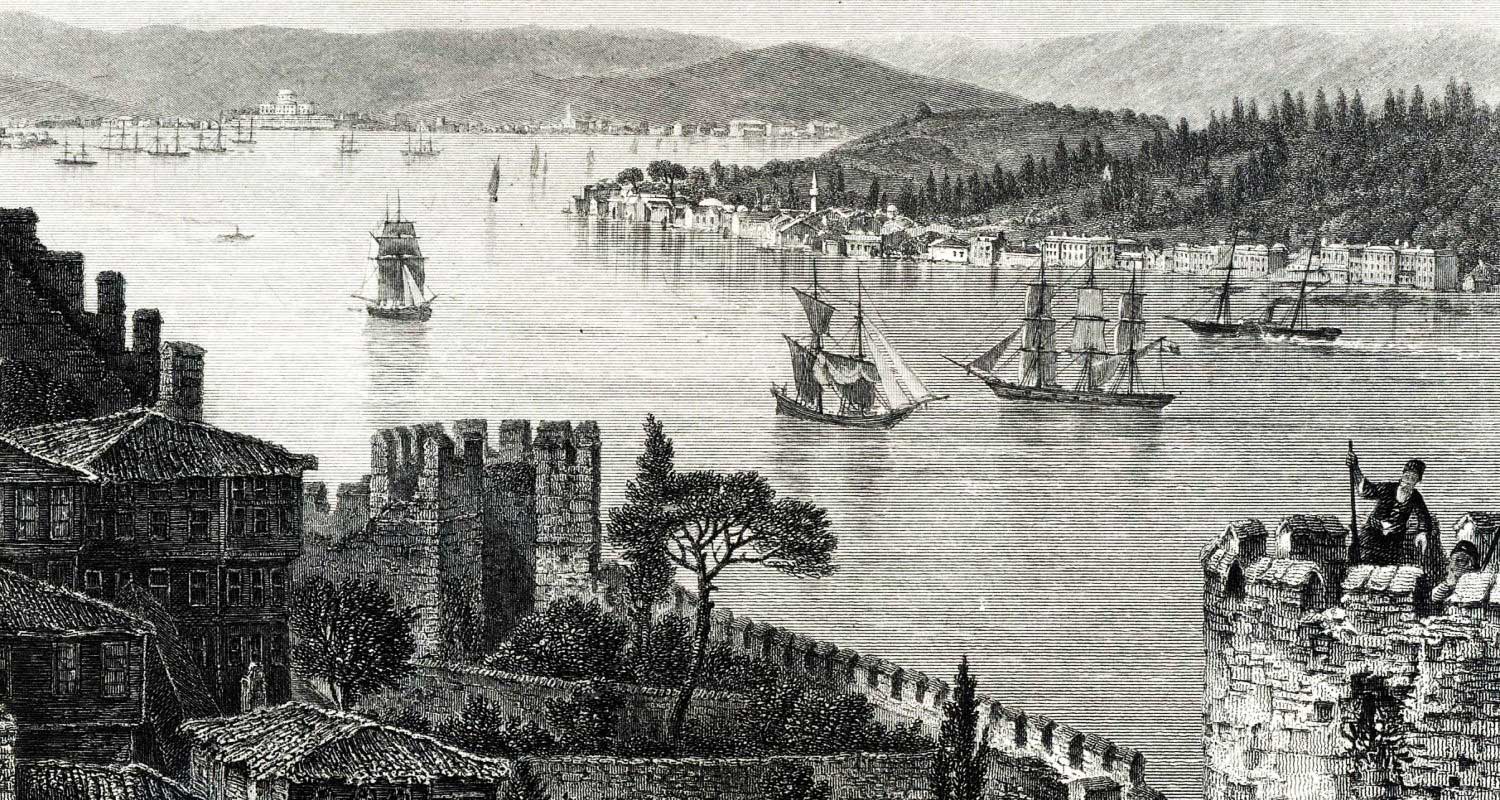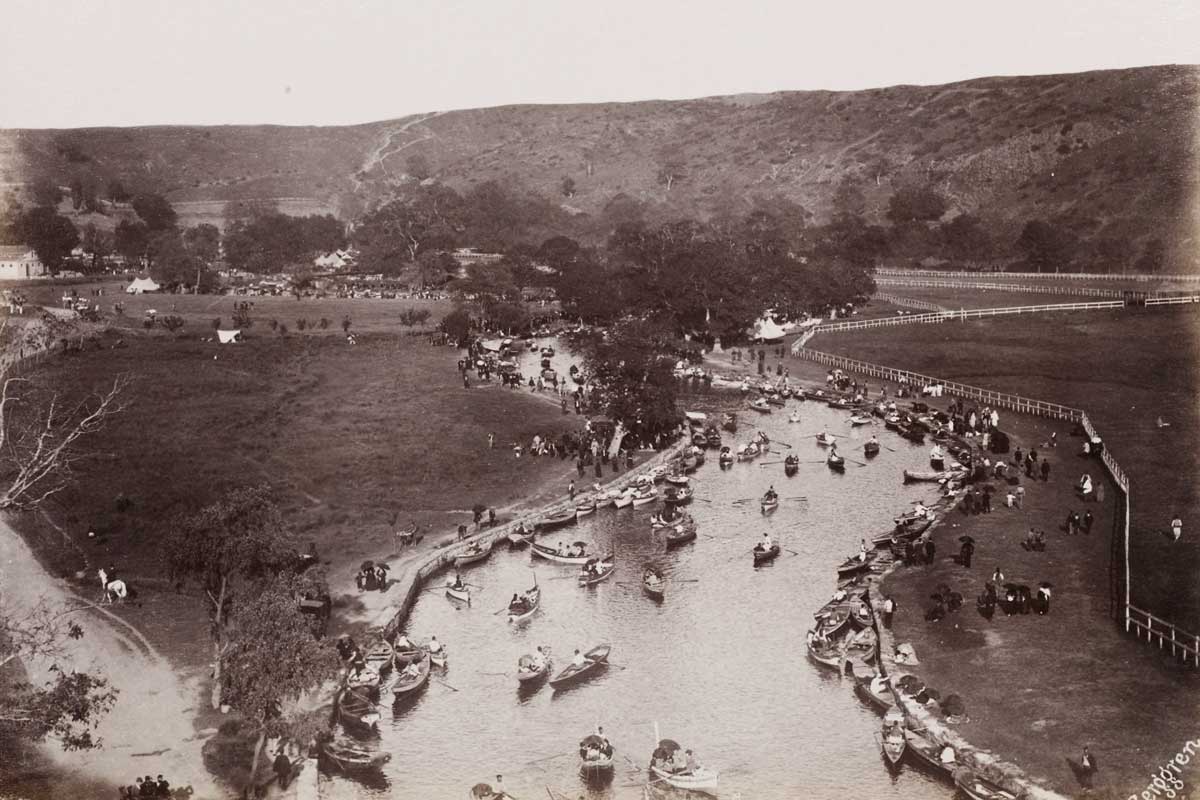As a traveller, a person can understand the significance of water in relation to life. The history of exploration mainly started with strong ships that were able to cover long distances and face the difficulties of voyage. Many historic cities that were and still are centres of civilisations with world trade routes passing through them, were shaped by the water source around them. The water sources gave them importance and value, which shaped them into becoming centres of trade and empires. With the advancement of naval technology, the regions along the sea and rivers became lands of opportunities and arenas for wars among many kingdoms.
Istanbul is one of the most beautiful and important cities, which is located along the meeting place of the Marmara Sea in the south, the Black Sea in the north, and connected through the magnificent Bosphorus Strait. This connecting body of water is important for many reasons for both the city in particular and for international commerce in general. The beautiful Golden Horn is an estuary of this strait, which has been key in the past for defending the historic Istanbul city from many powers, for many centuries, and under many empires. Today, the city of Istanbul is one of the most famous tourist destinations in the world because of its beauty, history and centrality. The famous Topkapı Palace can be seen near the western shore of the Marmara Sea, with beautiful views of both the Bosphorus and the Marmara Sea. Neighbourhoods such as, Büyükçekmece, Zeytinburnu, Bakırköy, Beşiktaş and Sarıyer are famous because they are located on the European side of Istanbul’s Bosphorus Strait, while their counterpart’s Beykoz, Üsküdar, Kadıköy, Maltepe, Pendik and the Princess Islands are famous for being located on the Asian side of the city respectively.

The importance of water in Istanbul is evident through its landscapes and growth, along main areas where city centres have shifted with the flow of tourists and presence of historic buildings. People living around theses localities have the nature of water as well. This is evident after spending some time with the locals in the city. They are very polite and humble like the Bosphorus and at times get violent like the crushing waves of Marmara Sea. The ferry routes through this water surface connect the European and Asian parts of the city for the daily commuters and tourists. The Bosphorus boat tours are one of the main components of travelling in the city and is taken by locals and tourists to see and feel the real beauty of the body of water that divides two continents and also joins them. The historic buildings along the water path are of great value for historians and for artists as well. Many famous writers, singers and historians have created their magical words by visiting the surroundings areas in the city. Nights on the Bosphorus, the Golden Horn and the Marmara Sea create a magical feeling and with an exceptional glow from the moon, the city nights feel out of this world. From this, many beautiful songs and stories were produced which stole the hearts of people with a mesmerising effect.
Many artists indicated the role of water in the lives of people in Istanbul through their paintings, pictures, stories, poems and songs. The emotions and feelings that emerged from their creative souls under the magical places of water around Istanbul are depicted in their creativity in various forms of art. Francis Marion Crawford wrote about the beauty of Istanbul crafted by the bodies of water located within and around the city in his book, Constantinople, dated in 1895. He illustrated the relationships of public celebrations connected to the Bosphorus and the Golden Horn during the historic events of the late 19th century with the changing infrastructures in Istanbul.
Gülhan Benli, from the faculty of engineering and architecture at Istanbul Aydın University, writes about the history of the Kağıthane River. This open area was called the Kağıthane Promenade. It hosted various entertainments in the beginning of the 1600s and remained its popularity among the people of Istanbul for several centuries later. According to ancient Turkish traditions, the 6th of May was accepted as the coming of spring. On the 6th of May, during the Hıdrellez Festivals, hundreds of people from all over Istanbul would visit the Kağıthane River on boats and carts. The river passing in the middle of the area enabled a convenient atmosphere for boat rides. Huge clothes, rugs, and carpets were also laid on the ground to sit on, either under the shades of huge plane trees, under the drooping willows and/or under the poplar trees on the banks.
Thus the city of water, Istanbul, is one of the prime destinations for artists, explorers, writers, historians, geographers, travellers, hippies, nature lovers, traders and many more people. It is so beautiful and full of wonders that it can be only felt through self experience after visiting the city. Those who visit Istanbul once always fall in love with the city and are pulled again and again by its magical beauty. The city is filled with beauty and life, which is why it has been the centre of cultures in the past, is currently making its presence in the world, and will have a significant presence in the future as well. Istanbul and water cannot be separated as they are essential for each other, creating the magic spell that engulfs its inhabitants keeping them in constant love with the city.



